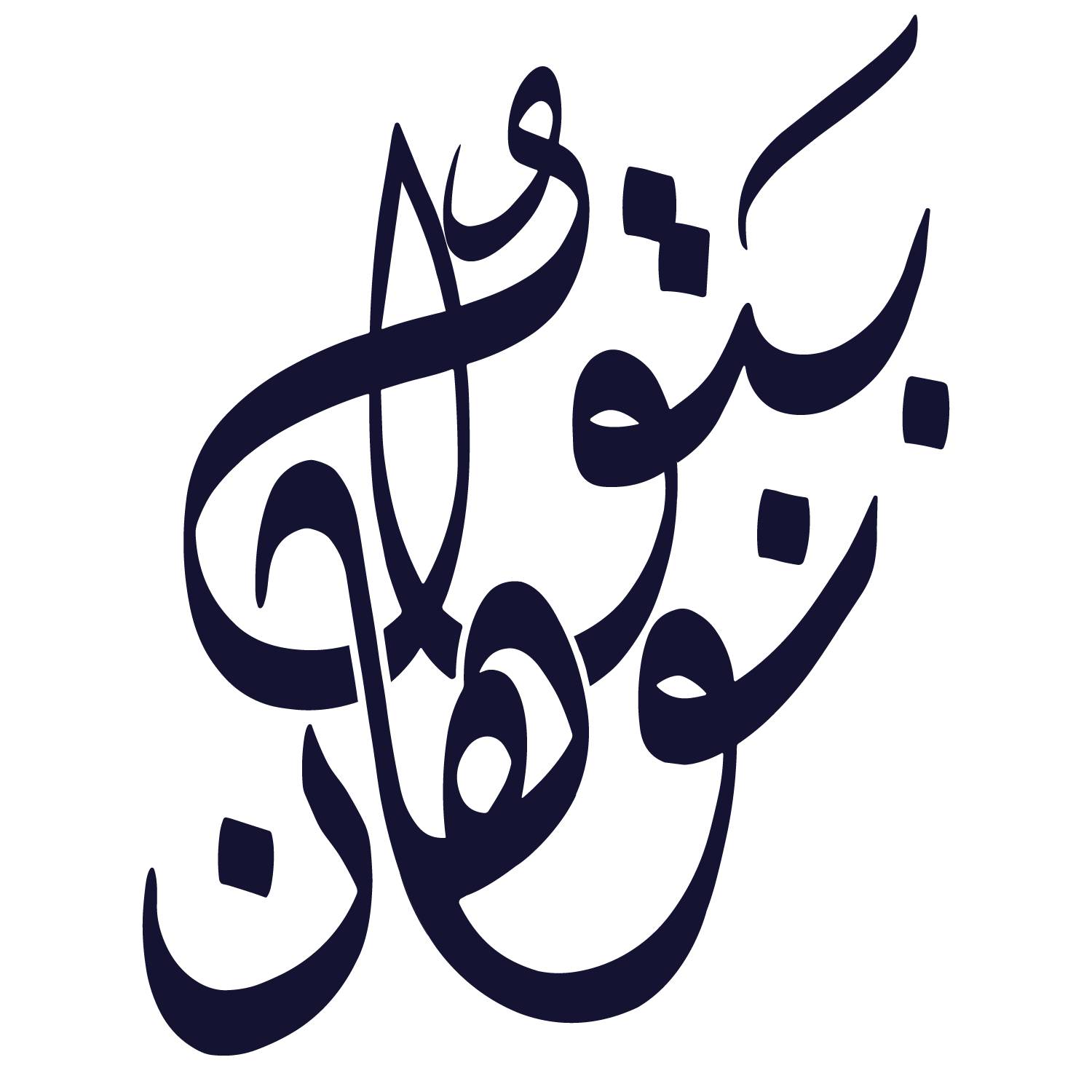Interior design is a reflection of cultural influences, lifestyle preferences, and architectural heritage. London and…

Arabic interior design is a beautiful fusion of rich heritage and contemporary sophistication. Rooted in centuries-old traditions, this design style incorporates intricate detailing, luxurious materials, and timeless craftsmanship while seamlessly integrating modern elements for a refined and functional living space.
Key Features of Arabic Interior Design
The essence of Arabic interior design lies in its ability to balance ornate artistry with a warm and inviting ambiance. Here are some signature elements that define this timeless aesthetic:
1. Intricate Geometric Patterns & Calligraphy
- Arabesque Motifs: Traditional geometric designs adorn walls, floors, and ceilings, adding depth and movement.
- Islamic Calligraphy: Elegant script in artworks or architectural detailing enhances cultural and spiritual significance.
- Mashrabiya Screens: Laser-cut wood or metal screens serve as decorative partitions, offering both privacy and artistry.
2. Luxurious Textiles & Layered Fabrics
- Silk, Velvet, and Brocade: These rich materials add an opulent touch to upholstery, draperies, and cushions.
- Embroidered Accents: Handwoven textiles with gold or silver thread elevate the elegance of any space.
- Layered Rugs and Carpets: Persian and Moroccan rugs bring warmth and texture to flooring.
3. Earthy and Jewel-Toned Colour Palettes
- Deep Blues, Golds, and Rich Reds: Inspired by the region’s landscapes and cultural motifs, these hues create a regal ambiance.
- Earthy Neutrals: Beige, sand, and terracotta serve as a grounding base for bolder colour accents.
- Metallic Accents: Gold and brass embellishments introduce a touch of grandeur.
4. Statement Lighting & Grand Chandeliers
- Moroccan Lanterns: Intricately designed metal lanterns cast mesmerizing patterns of light and shadow.
- Oversized Chandeliers: Ornate crystal or brass chandeliers serve as stunning focal points.
- Layered Lighting: A combination of ambient, task, and accent lighting enhances the mood and depth of the interiors.
5. Architectural Elements & Ornamental Details
- Arched Doorways & Windows: Classic Arabic architecture embraces elegant arches for a soft yet dramatic aesthetic.
- Decorative Ceilings: Hand-painted patterns, wooden beams, or intricate plasterwork add depth to high ceilings.
- Majlis-Inspired Seating: Low, cushioned seating arrangements reflect traditional hospitality with a modern twist.
6. Integration of Modern Luxury
- Minimalist Interpretations: While traditional elements are prominent, contemporary designs balance ornate details with sleek, clean lines.
- Smart Home Features: Automated lighting, climate control, and concealed technology enhance comfort without compromising aesthetics.
- High-End Materials: The use of marble, fine woods, and metallic finishes ensures a premium look and feel.
How to Incorporate Arabic Design into a Modern Home
1. Balance Traditional and Contemporary Elements
- Mix intricate carvings with streamlined furniture for a refined look.
- Use a neutral backdrop to allow bold patterns and accents to shine.
2. Introduce Statement Pieces
- Invest in a handcrafted chandelier, an ornate mirror, or a Mashrabiya-inspired partition to anchor the design.
- Feature Arabic-inspired artworks or sculptural pieces as focal points.
3. Create a Warm and Inviting Ambiance
- Layer rugs, cushions, and drapery to add softness and depth.
- Use warm lighting and lanterns to create a cozy yet luxurious atmosphere.
4. Enhance Spaces with Natural Elements
- Incorporate lush indoor plants or water features for a tranquil, spa-like feel.
- Use natural stone, wood, and clay to maintain an earthy authenticity.
Final Thoughts
Arabic interior design masterfully blends traditional elegance with modern luxury, resulting in spaces that are both rich in cultural heritage and stylishly contemporary. By thoughtfully incorporating intricate patterns, luxurious textiles, and architectural grandeur, homeowners can create a space that is both timeless and functional. Whether embracing a fully traditional approach or infusing subtle Arabic influences into a modern setting, this design style offers an exquisite and sophisticated home aesthetic.



